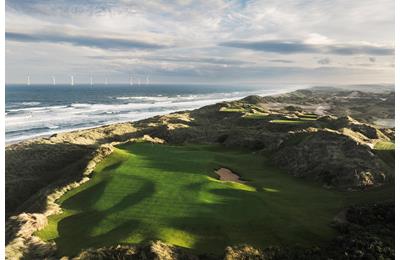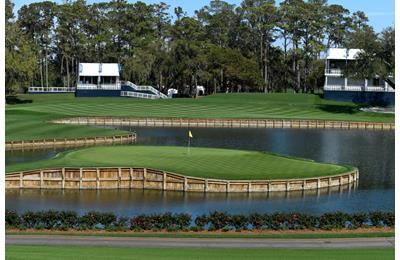Revealed: Great Britain & Ireland’s 100 best links golf courses for 2025
Written by Rob McGarr on Thursday 19 June 2025
The definitive list of the best links golf courses in Great Britain & Ireland has been revealed for 2025, with legendary Open venues joined by some big movers and hidden gems. Links golf is where the sport began, and where many believe it’s still at its very best. Carved through coastal dunes and battered by sea winds, links courses offer a...



















